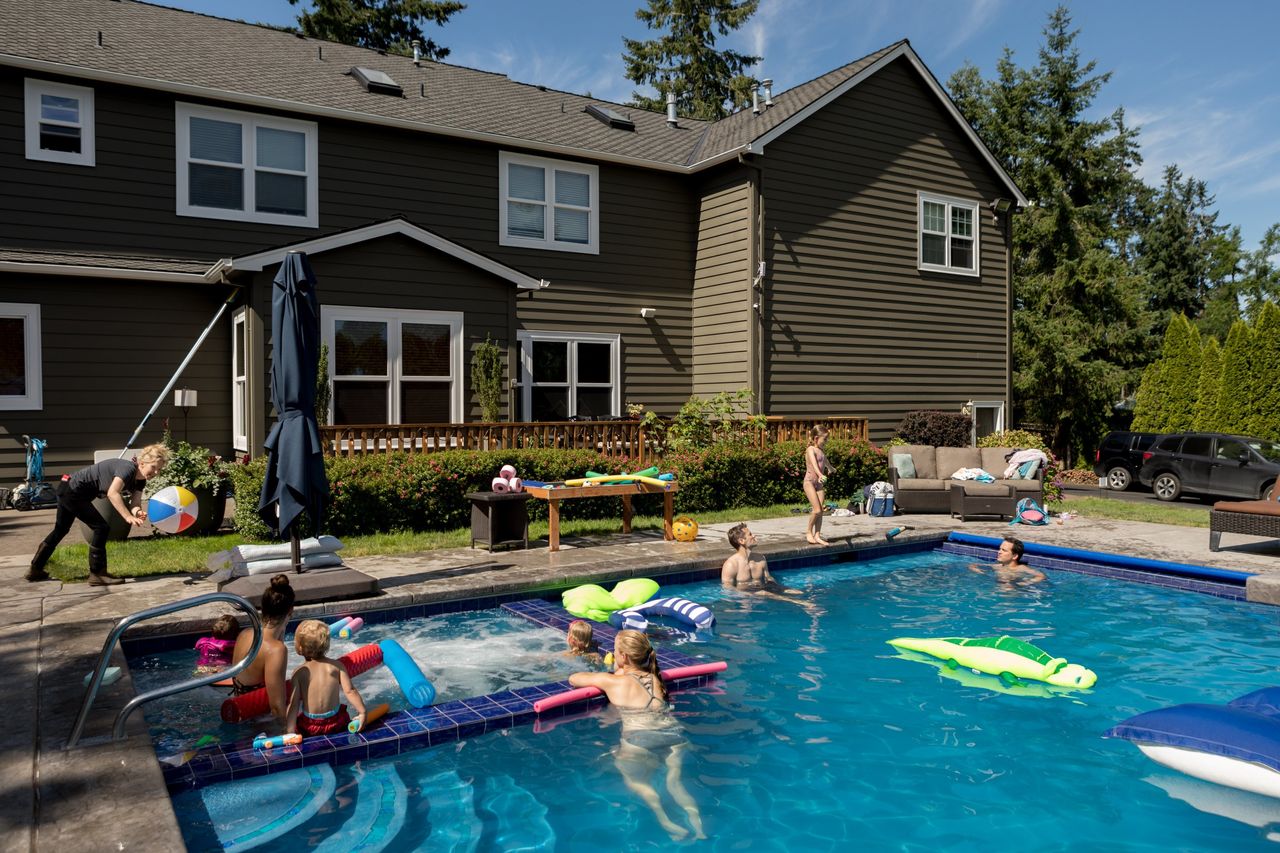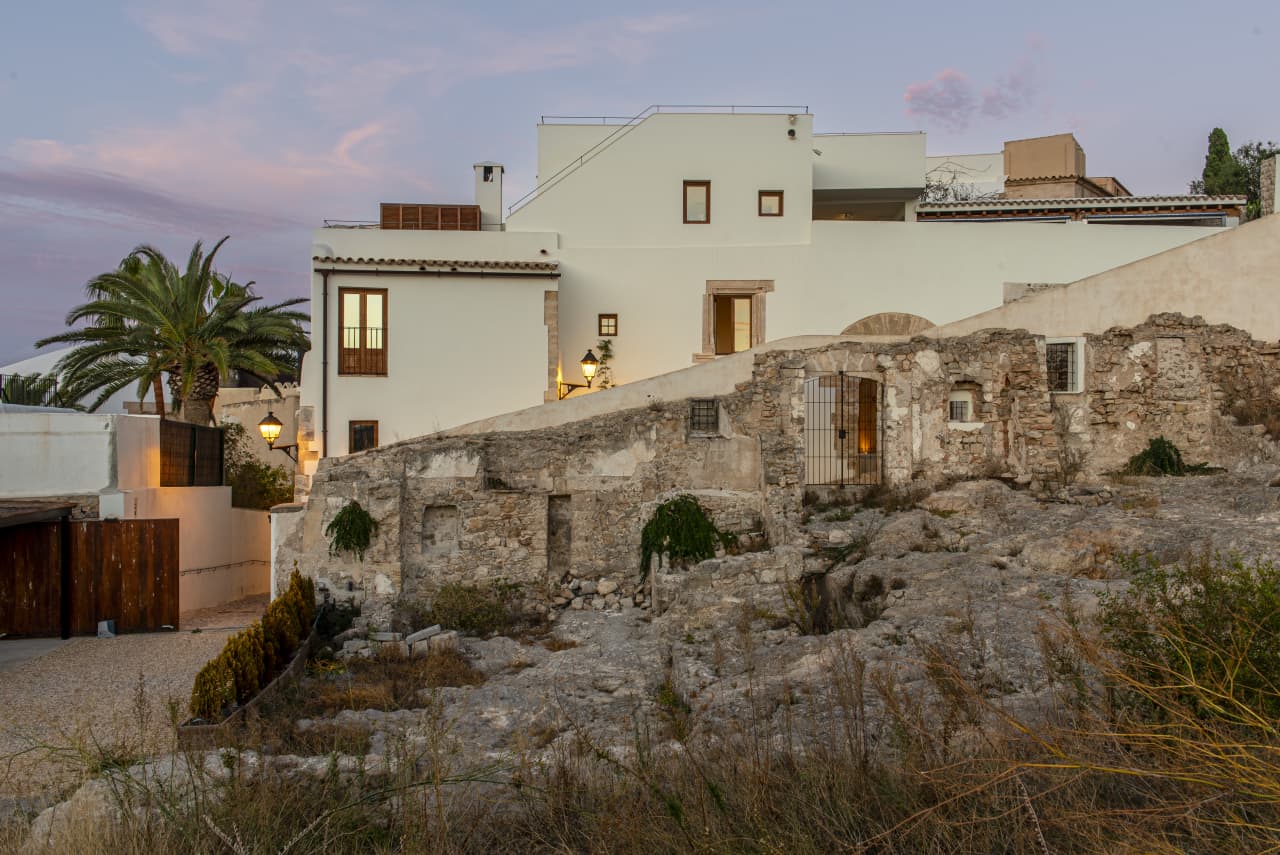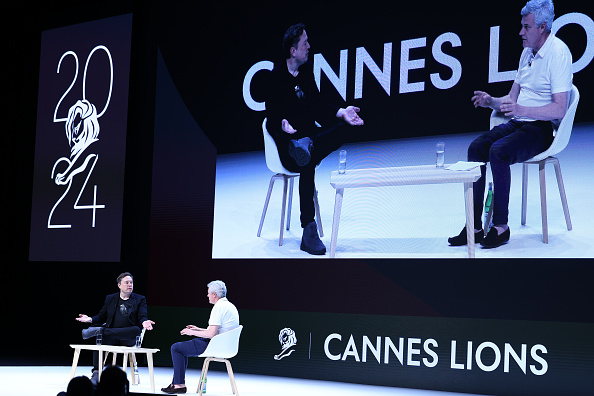An ‘Airbnb for Pools’ Is Making A Splash
Swimply reports surge in demand amid pandemic, rising pool-chemical costs.
Jim Battan’s tree-lined swimming pool at his home outside Portland, Ore., had been sitting untouched since his youngest daughter moved out two years ago. Then in September, he listed it through an online platform for renting private pools.
He booked the pool three times within the first two hours, and says he has hosted 2,700 guests in less than a year. Mr. Battan expects to have earned $111,000 by the end of the summer, which would just cover the $110,000 he and his wife spent on the custom-built pool eight years ago.
“I thought, ‘Wow, that’s weird,’ ” Mr. Battan said. “It’s nice to feel like we didn’t have to spend all $110,000 for nothing.”
He is one of 13,000 pool owners in 125 markets across the U.S., including cities like Los Angeles and Austin, Texas, who are cashing in on their underused pool by listing with the company Swimply, which some media reports have dubbed the “Airbnb for backyard pools.”
Swimply said its pool owners have made about 122,000 bookings since the start of 2020. Business began picking up before the Covid-19 pandemic, but it boomed during the health crisis as public pools closed and people sought to make extra cash or safely gather after months of lockdown.
“We’ve seen a lot of families [and friends] rekindling with Swimply,” said Bunim Laskin, Swimply co-founder and chief executive.
Hosts on average earn between about $5,000 and $10,000 a month, according to Asher Weinberger, Swimply co-founder and chief operating officer. Most pool owners charge between $35 and $50 an hour, while Swimply collects 15% from the hosts and another 10% from the guests.
Some of the hosts’ earnings help pay for costs related to pool maintenance, which have jumped during the pandemic because lockdowns and business slowdowns disrupted the pool-chemical supply chain. Mr. Weinberger said he now spends $85 a week on chemicals and servicing his pool, up from $45 before the pandemic.
“It’s a hunt for chlorine at the best price,” said Shanon Zoeller, a Swimply host in Oklahoma City, who said he has made $10,000 since he started renting out his pool last June.
Most swimmers are local families, Mr. Weinberger said. Bookings on average run five to seven people. Hosts choose their rental rate, upload photos of their pool and list amenities, such as a barbecue grill or sound system.
It’s not a party for the pool owners. Rather, hosting is “an amazing amount of work,” Mr. Battan said. Most days he wakes up at 5 a.m. to skim the water of leaves. His wife cleans the pool-house bathroom and lays out rows of pool toys before each booking.
Swimply isn’t the only pool in town. Peerspace, a marketplace for booking film-production locations and event venues, offers thousands of spaces with swimming pools at hourly rates.
“With the heat rising, we see lots of demand for outdoor spaces, many of which have pools,” said Matt Bendett, Peerspace co-founder and vice president of operations.
Short-term rental companies like Airbnb Inc. and vacation-home rental firms including Expedia Group’s Vrbo also rent homes with pools by the day.
Like Airbnb and its industry peers, Swimply has to navigate safety and liability concerns. A swimmer could drown or rowdy guests might cause property damage.
To mitigate those risks, about 80% of the company’s hosts opt to stay home while guests are using their pool, Mr. Weinberger said. The company also has in place host liability insurance for as much as $1 million and a property-damage-protection policy.
Mr. Battan said he hasn’t had a serious problem arise while renting his pool, but he still prefers to be home during bookings. “There are too many risks with unattended guests,” he said, referring to “horror stories” of underage drinking and noisy events.
Next month, Mr. Zoeller is hosting a nearly 40-person pool party. He said enforcing rules about street parking and loud music has kept his neighbours happy.
“The worst thing that’s happened is I found two beer cans in the skimmer once,” Mr. Zoeller said.
Reprinted by permission of The Wall Street Journal, Copyright 2021 Dow Jones & Company. Inc. All Rights Reserved Worldwide. Original date of publication: July 20, 2021
 Copyright 2020, Dow Jones & Company, Inc. All Rights Reserved Worldwide. LEARN MORE
Copyright 2020, Dow Jones & Company, Inc. All Rights Reserved Worldwide. LEARN MORE
This stylish family home combines a classic palette and finishes with a flexible floorplan
Just 55 minutes from Sydney, make this your creative getaway located in the majestic Hawkesbury region.
As Paris makes its final preparations for the Olympic games, its residents are busy with their own—packing their suitcases, confirming their reservations, and getting out of town.
Worried about the hordes of crowds and overall chaos the Olympics could bring, Parisians are fleeing the city in droves and inundating resort cities around the country. Hotels and holiday rentals in some of France’s most popular vacation destinations—from the French Riviera in the south to the beaches of Normandy in the north—say they are expecting massive crowds this year in advance of the Olympics. The games will run from July 26-Aug. 1.
“It’s already a major holiday season for us, and beyond that, we have the Olympics,” says Stéphane Personeni, general manager of the Lily of the Valley hotel in Saint Tropez. “People began booking early this year.”
Personeni’s hotel typically has no issues filling its rooms each summer—by May of each year, the luxury hotel typically finds itself completely booked out for the months of July and August. But this year, the 53-room hotel began filling up for summer reservations in February.
“We told our regular guests that everything—hotels, apartments, villas—are going to be hard to find this summer,” Personeni says. His neighbours around Saint Tropez say they’re similarly booked up.
As of March, the online marketplace Gens de Confiance (“Trusted People”), saw a 50% increase in reservations from Parisians seeking vacation rentals outside the capital during the Olympics.
Already, August is a popular vacation time for the French. With a minimum of five weeks of vacation mandated by law, many decide to take the entire month off, renting out villas in beachside destinations for longer periods.
But beyond the typical August travel, the Olympics are having a real impact, says Bertille Marchal, a spokesperson for Gens de Confiance.
“We’ve seen nearly three times more reservations for the dates of the Olympics than the following two weeks,” Marchal says. “The increase is definitely linked to the Olympic Games.”

Getty Images
According to the site, the most sought-out vacation destinations are Morbihan and Loire-Atlantique, a seaside region in the northwest; le Var, a coastal area within the southeast of France along the Côte d’Azur; and the island of Corsica in the Mediterranean.
Meanwhile, the Olympics haven’t necessarily been a boon to foreign tourism in the country. Many tourists who might have otherwise come to France are avoiding it this year in favour of other European capitals. In Paris, demand for stays at high-end hotels has collapsed, with bookings down 50% in July compared to last year, according to UMIH Prestige, which represents hotels charging at least €800 ($865) a night for rooms.
Earlier this year, high-end restaurants and concierges said the Olympics might even be an opportunity to score a hard-get-seat at the city’s fine dining.
In the Occitanie region in southwest France, the overall number of reservations this summer hasn’t changed much from last year, says Vincent Gare, president of the regional tourism committee there.
“But looking further at the numbers, we do see an increase in the clientele coming from the Paris region,” Gare told Le Figaro, noting that the increase in reservations has fallen directly on the dates of the Olympic games.
Michel Barré, a retiree living in Paris’s Le Marais neighbourhood, is one of those opting for the beach rather than the opening ceremony. In January, he booked a stay in Normandy for two weeks.
“Even though it’s a major European capital, Paris is still a small city—it’s a massive effort to host all of these events,” Barré says. “The Olympics are going to be a mess.”
More than anything, he just wants some calm after an event-filled summer in Paris, which just before the Olympics experienced the drama of a snap election called by Macron.
“It’s been a hectic summer here,” he says.

AFP via Getty Images
Parisians—Barré included—feel that the city, by over-catering to its tourists, is driving out many residents.
Parts of the Seine—usually one of the most popular summertime hangout spots —have been closed off for weeks as the city installs bleachers and Olympics signage. In certain neighbourhoods, residents will need to scan a QR code with police to access their own apartments. And from the Olympics to Sept. 8, Paris is nearly doubling the price of transit tickets from €2.15 to €4 per ride.
The city’s clear willingness to capitalise on its tourists has motivated some residents to do the same. In March, the number of active Airbnb listings in Paris reached an all-time high as hosts rushed to list their apartments. Listings grew 40% from the same time last year, according to the company.
With their regular clients taking off, Parisian restaurants and merchants are complaining that business is down.
“Are there any Parisians left in Paris?” Alaine Fontaine, president of the restaurant industry association, told the radio station Franceinfo on Sunday. “For the last three weeks, there haven’t been any here.”
Still, for all the talk of those leaving, there are plenty who have decided to stick around.
Jay Swanson, an American expat and YouTuber, can’t imagine leaving during the Olympics—he secured his tickets to see ping pong and volleyball last year. He’s also less concerned about the crowds and road closures than others, having just put together a series of videos explaining how to navigate Paris during the games.
“It’s been 100 years since the Games came to Paris; when else will we get a chance to host the world like this?” Swanson says. “So many Parisians are leaving and tourism is down, so not only will it be quiet but the only people left will be here for a party.”
This stylish family home combines a classic palette and finishes with a flexible floorplan
Just 55 minutes from Sydney, make this your creative getaway located in the majestic Hawkesbury region.






















